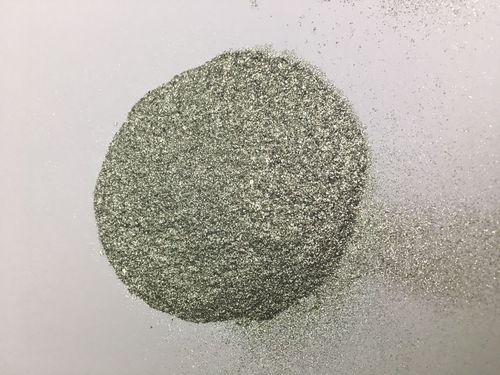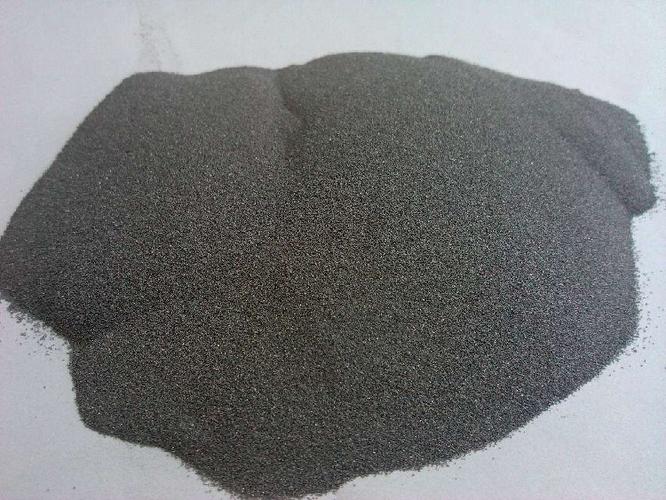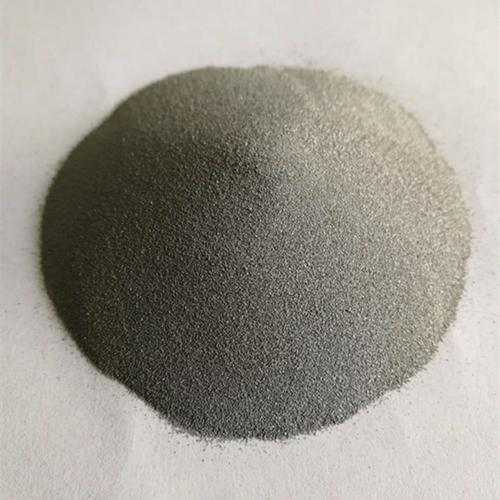**From Steel to Aluminum: The Metal Makeover Guide**
(What Metals Can Be Powder Coated?)
Ever wondered how everyday metal objects get that smooth, colorful finish that lasts years without chipping? The secret’s in powder coating. This isn’t just paint. It’s a high-tech process that turns powders into tough, shiny skins for metal. But not all metals play nice with powder coating. Let’s break down which ones do—and why some might surprise you.
**Aluminum: The Lightweight Champ**
Aluminum’s everywhere. Bikes, patio furniture, car parts—you name it. It’s lightweight, doesn’t rust, and powder coating sticks to it like glue. But there’s a catch. Aluminum needs a good cleaning first. Oils or dirt leftover from manufacturing can mess up the finish. Once prepped, though, powder-coated aluminum holds up like a champ. Rain, sun, scratches? No problem.
**Steel: The Classic Workhorse**
Steel’s the go-to for heavy-duty stuff. Think machinery, beams, tools. Powder coating loves steel. Regular steel rusts if left bare, but a powder-coated layer locks out moisture. Even better, the coating adds a slick look while keeping scratches at bay. Just sandblast the surface first to rough it up. The powder grips better that way.
**Stainless Steel: The Fancy Cousin**
Stainless steel already fights off rust thanks to chromium. So why powder coat it? Sometimes looks matter. Appliances, medical gear, restaurant equipment—powder coating adds color without wrecking stainless steel’s natural toughness. Prep work’s key here. Skip proper cleaning, and the coating might flake. Do it right, and you get style plus stainless steel’s built-in grit.
**Galvanized Steel: The Rustproof Rebel**
Galvanized steel’s coated in zinc to block rust. Powder coating it sounds overkill, but it works. The trick? Heat the metal first. This burns off oils and roughs up the zinc layer so the powder sticks. Once done, you get double protection: zinc underneath, powder on top. Perfect for outdoor signs, fences, or anything stuck in the weather.
**Brass and Copper: The Unexpected Stars**
Brass and copper aren’t the usual suspects. They’re softer, pricier, and used more for decor or electrical parts. But powder coating them? Totally doable. The catch? These metals conduct heat like crazy. Too much heat during curing can warp them. Use low-temperature powders, though, and you’ll get bold colors without melting your project.
**Magnesium: The Rare Player**
Magnesium’s light, strong, and used in fancy gear like aerospace parts or racing bikes. Powder coating it is possible—but tricky. Magnesium burns if heated wrong. Special low-heat powders and expert handling are a must. Not a DIY project, but pros pull it off for high-performance needs.
**What About Other Metals?**
Lead, tin, or pewter? Skip them. They melt too easily in the curing oven. Cast iron? It can handle the heat, but its bumpy surface makes coating uneven. For most everyday jobs, stick with the big names: aluminum, steel, stainless.
Powder coating isn’t just for factories. Hobbyists use it too. Small ovens and handheld guns let you coat bike frames, grill parts, or DIY projects at home. Just pick the right metal, prep it well, and follow the steps. The result? A finish that looks pro and lasts ages.
(What Metals Can Be Powder Coated?)
No magic here—just science. Metals that handle heat and bond with powder win. Next time you see a vibrant bike rack or a glossy appliance, you’ll know: somewhere, metal met powder, and sparks (literally) flew.
Inquiry us
if you want to want to know more, please feel free to contact us. (nanotrun@yahoo.com)


